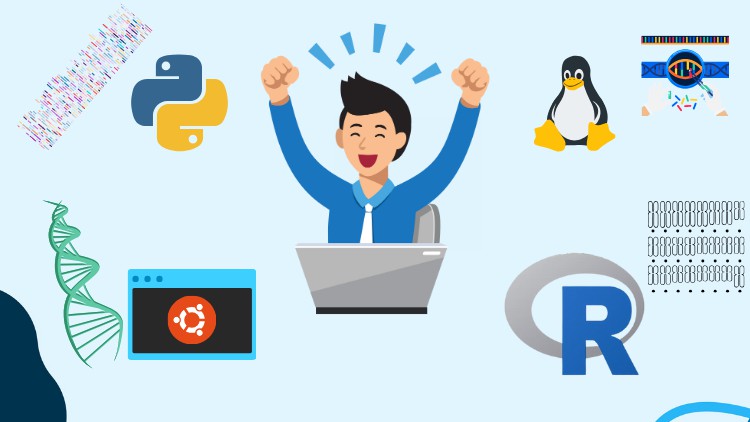در حال حاضر محصولی در سبد خرید شما وجود ندارد.

Mastering Python, R, and Bash for Efficient Biological Data Processing and Analysis
در این روش نیاز به افزودن محصول به سبد خرید و تکمیل اطلاعات نیست و شما پس از وارد کردن ایمیل خود و طی کردن مراحل پرداخت لینک های دریافت محصولات را در ایمیل خود دریافت خواهید کرد.


Bioinformatics for Everyone Beginner to Expert Guide 2023

Genomic Data Analysis NGS data processing on the CLI and GUI

100 برابر کردن بهره وری تان در کار با Visual Studio Code

راهنمای جامع بانکهای اطلاعاتی بیوانفورماتیک

استفاده از خط فرمان لینوکس Ubuntu در Bioinformatics

Bioinformatics Mastery: Your journey from beginner to Expert

Bioinformatics for Proteomics (Protein Structure Modeling)

آموزش کار بر روی داده ها و تحلیل داده ها بوسیله Galaxy Servers

Advanced Bioinformatics Data Analysis: Python, R, and Linux

Genomic Data Analysis Reads-> Variants Bioinfo Unix Pipeline